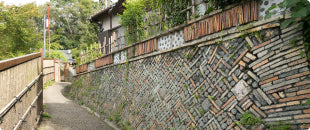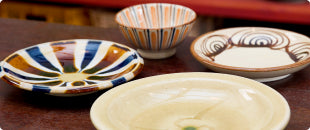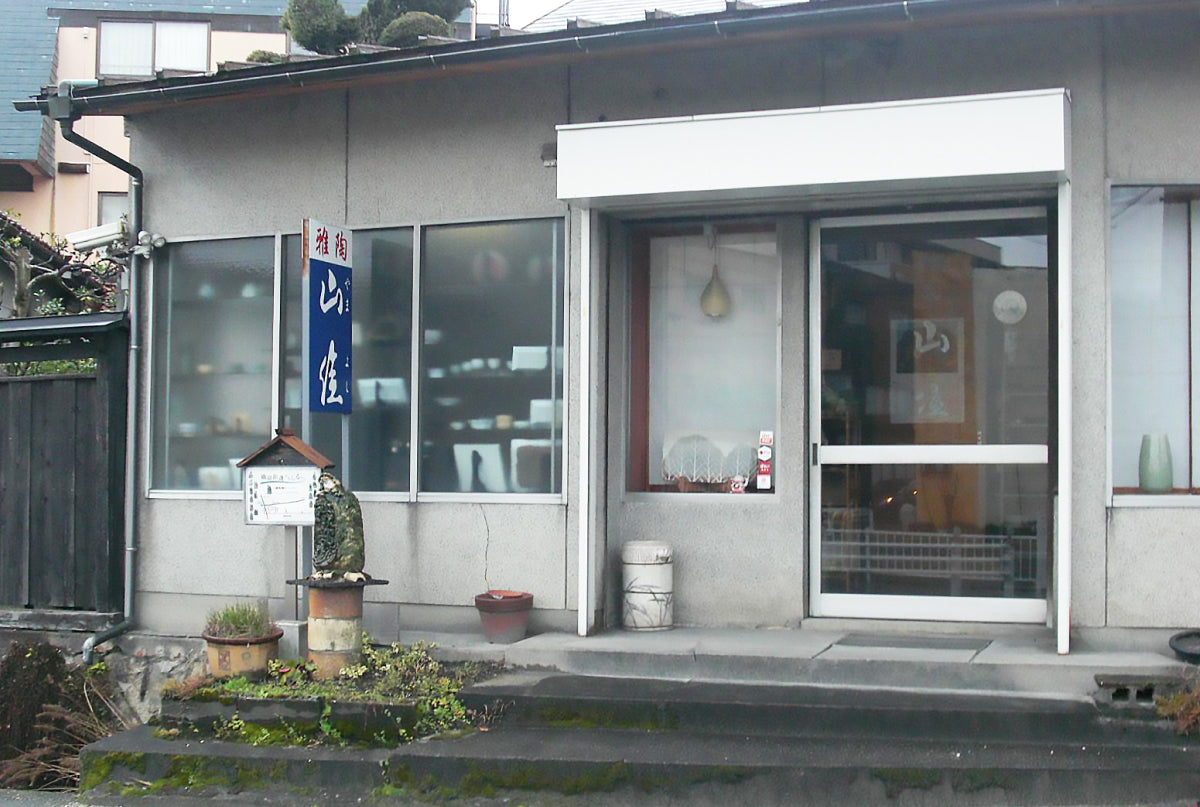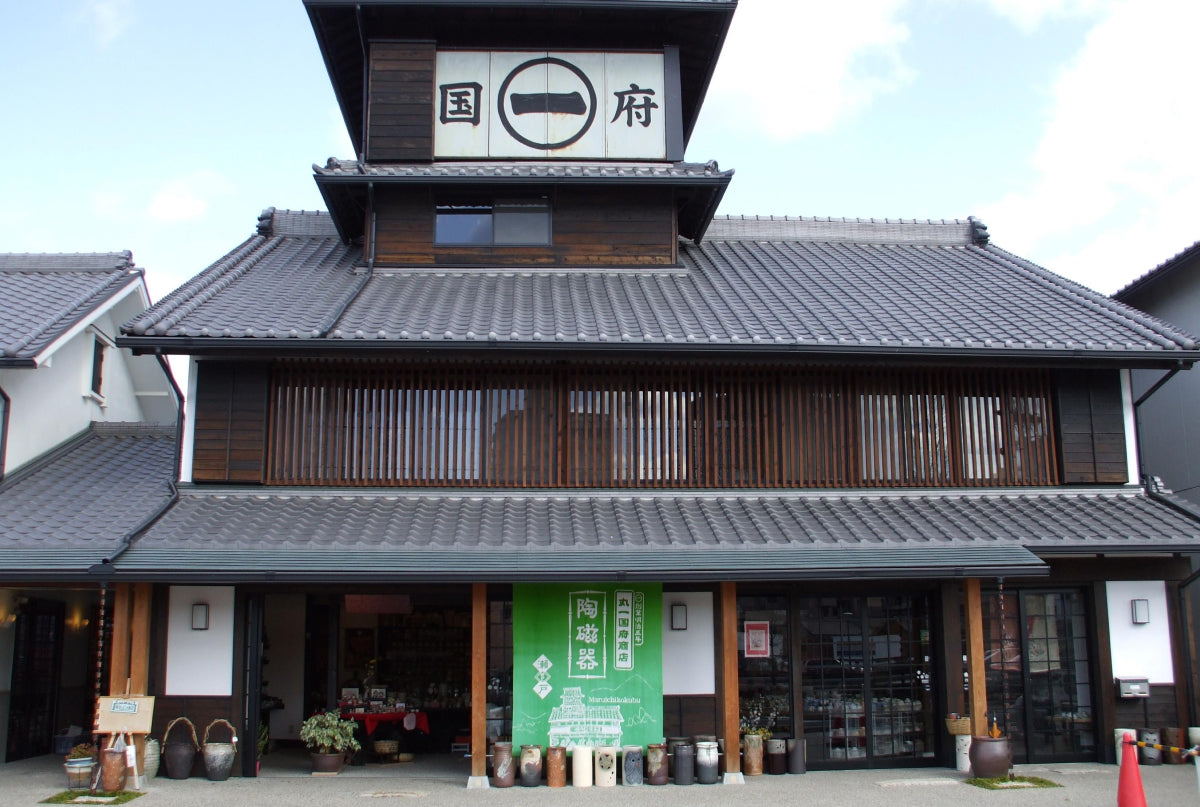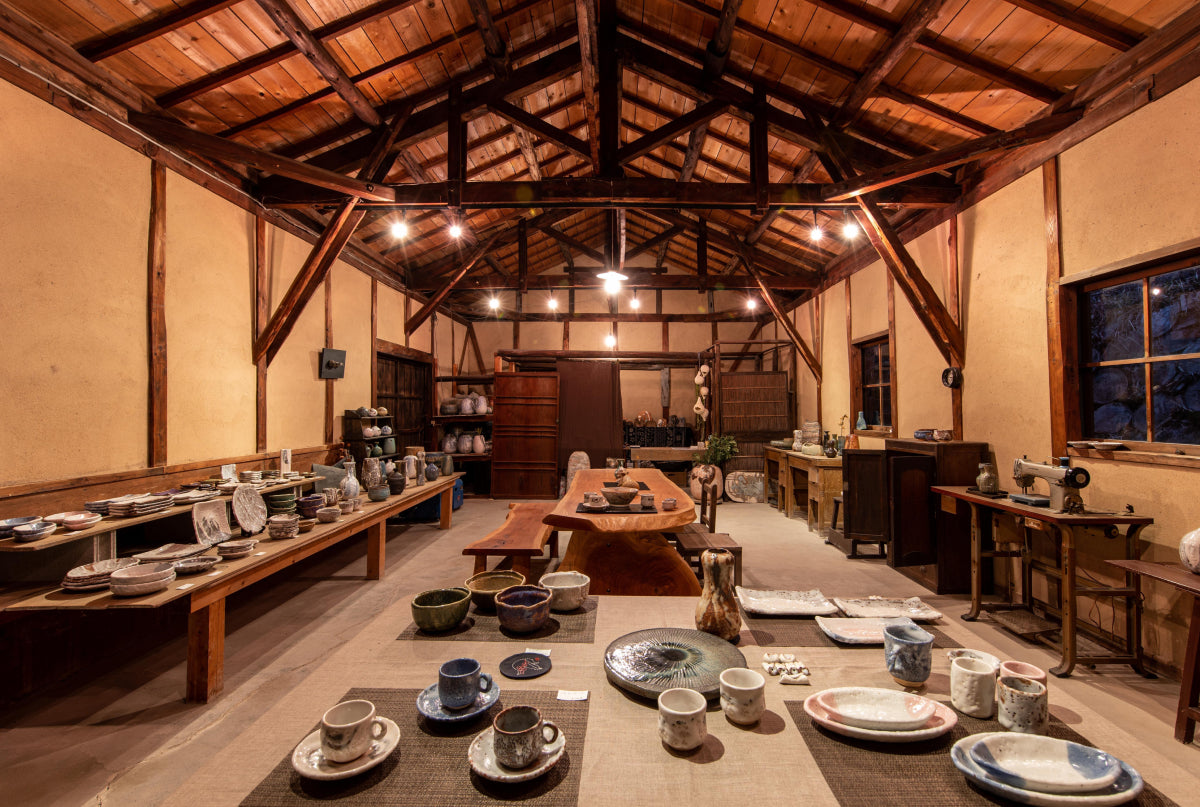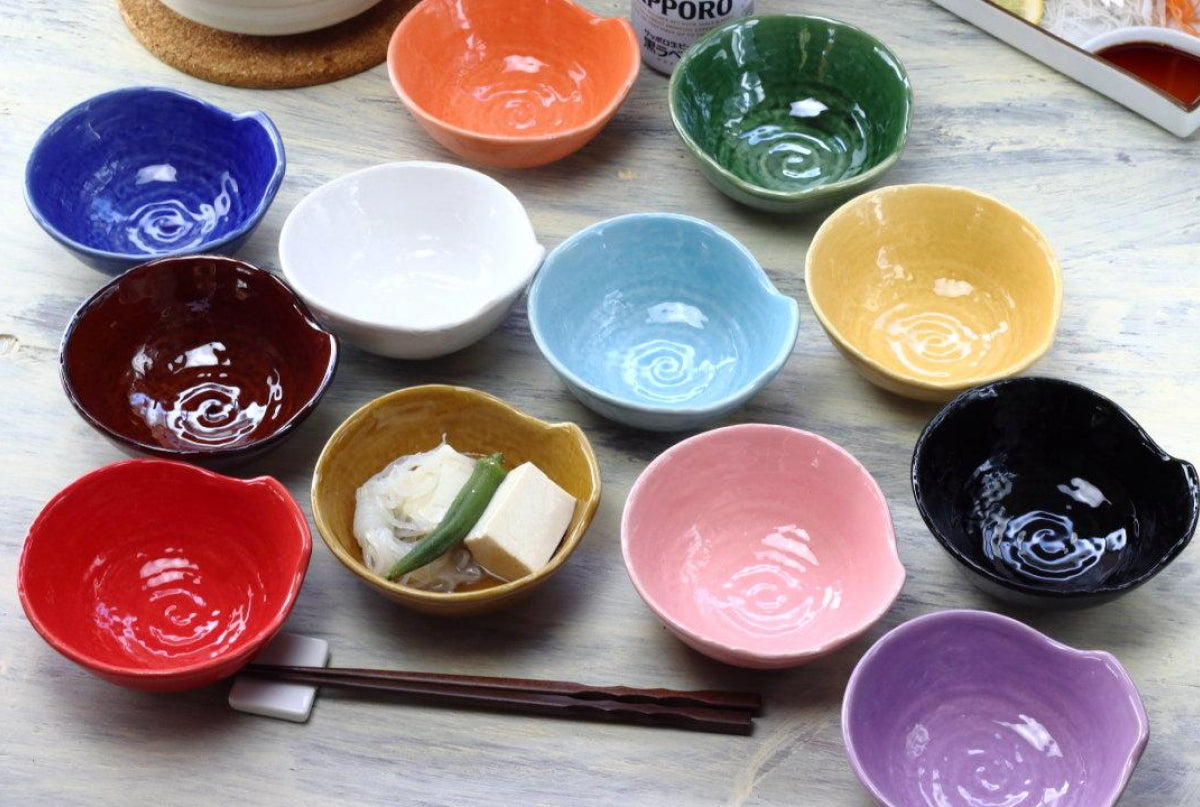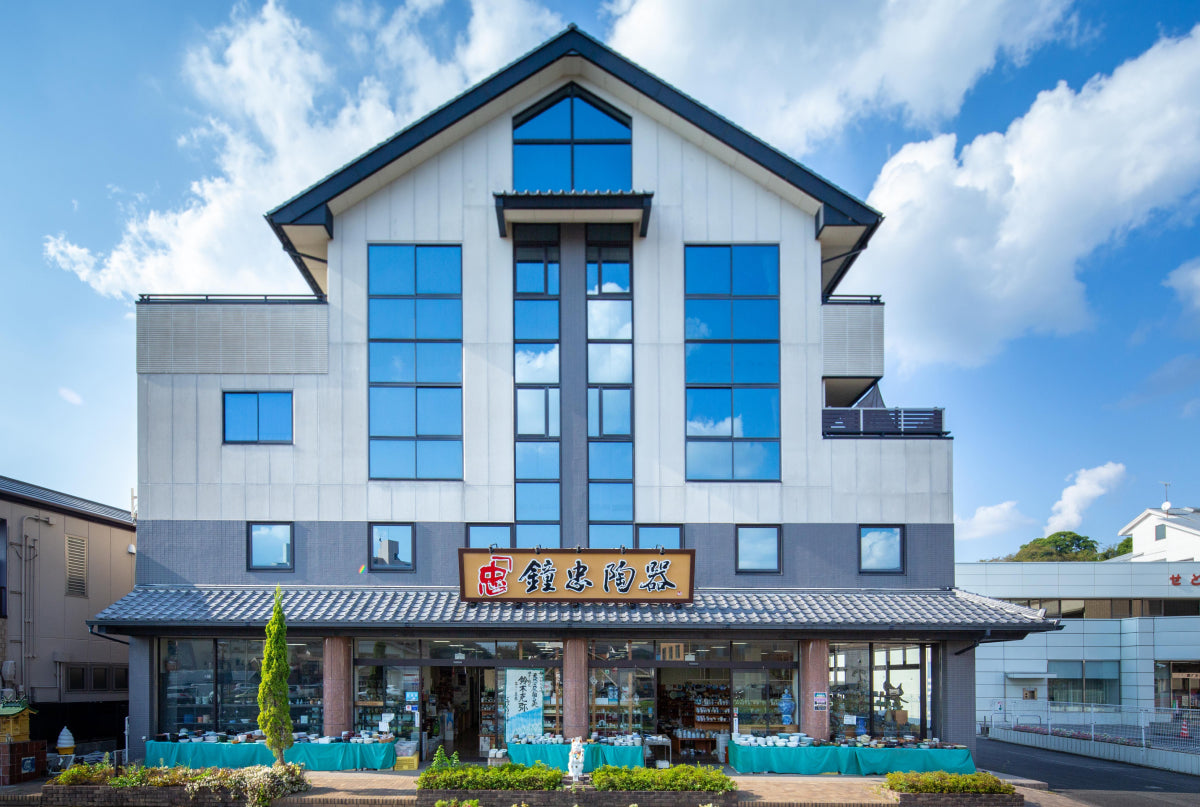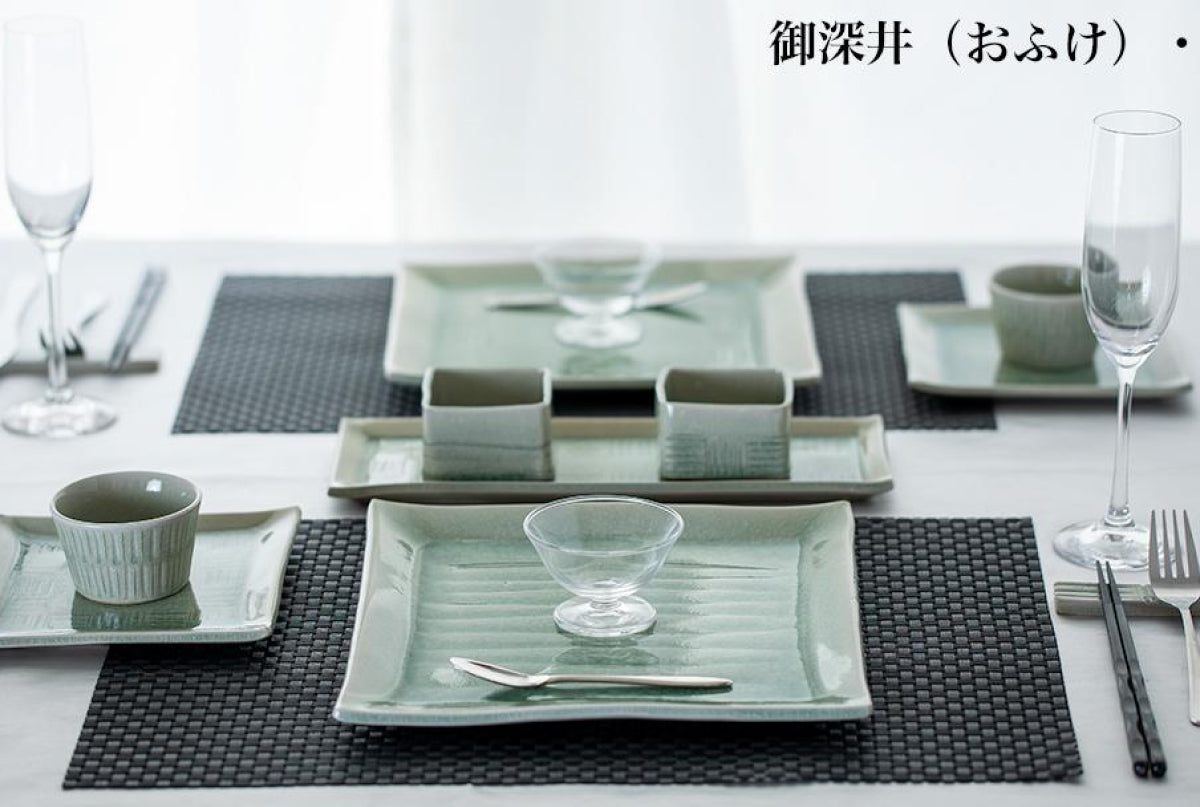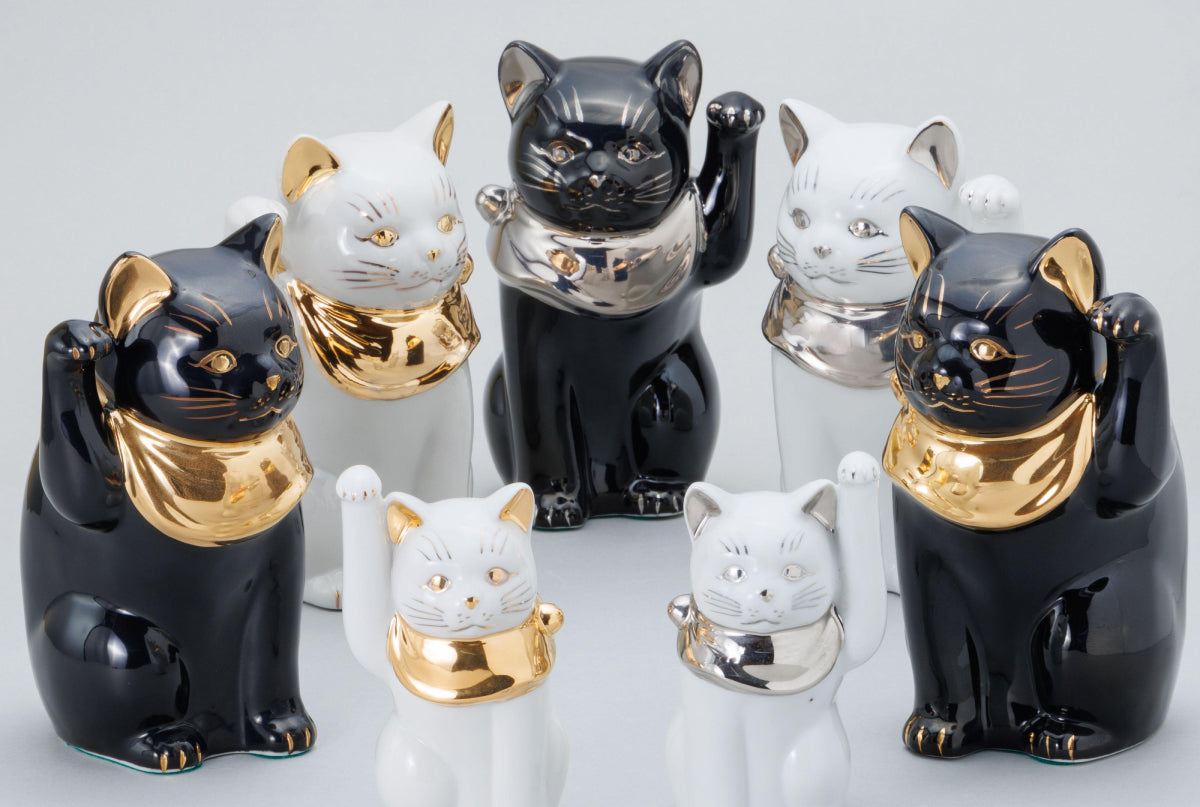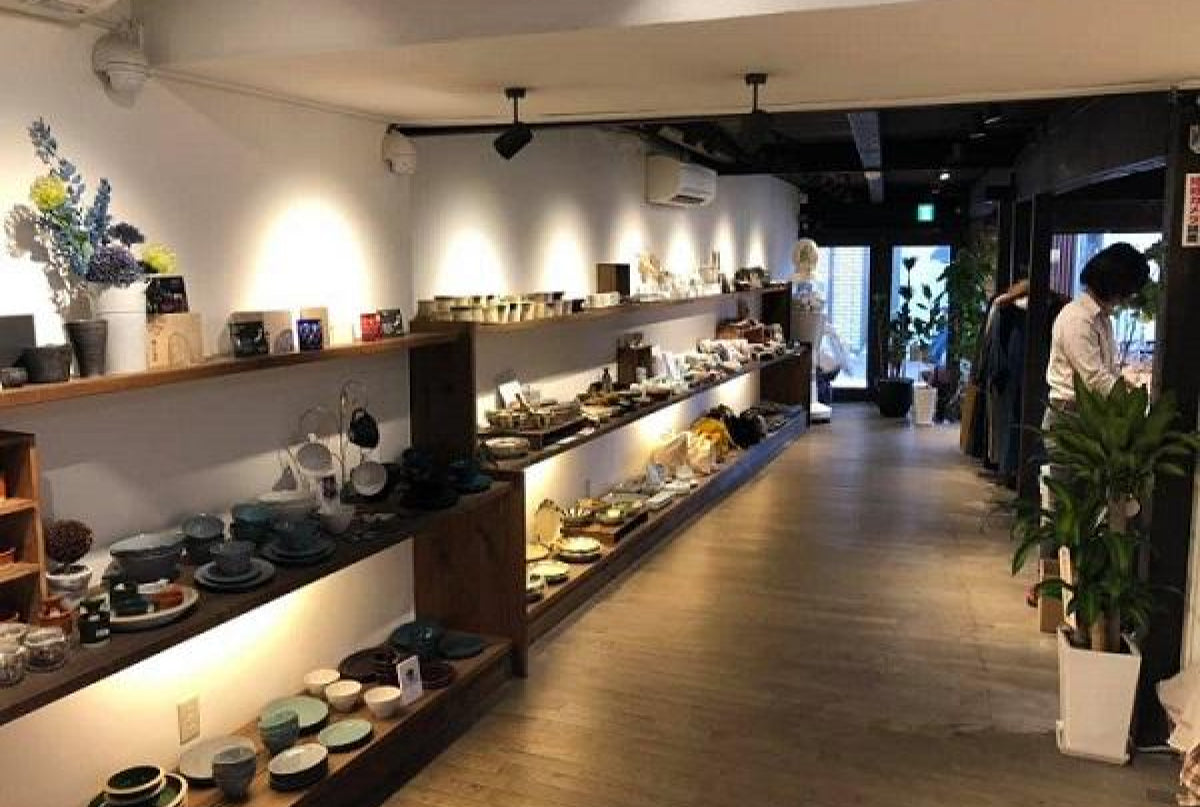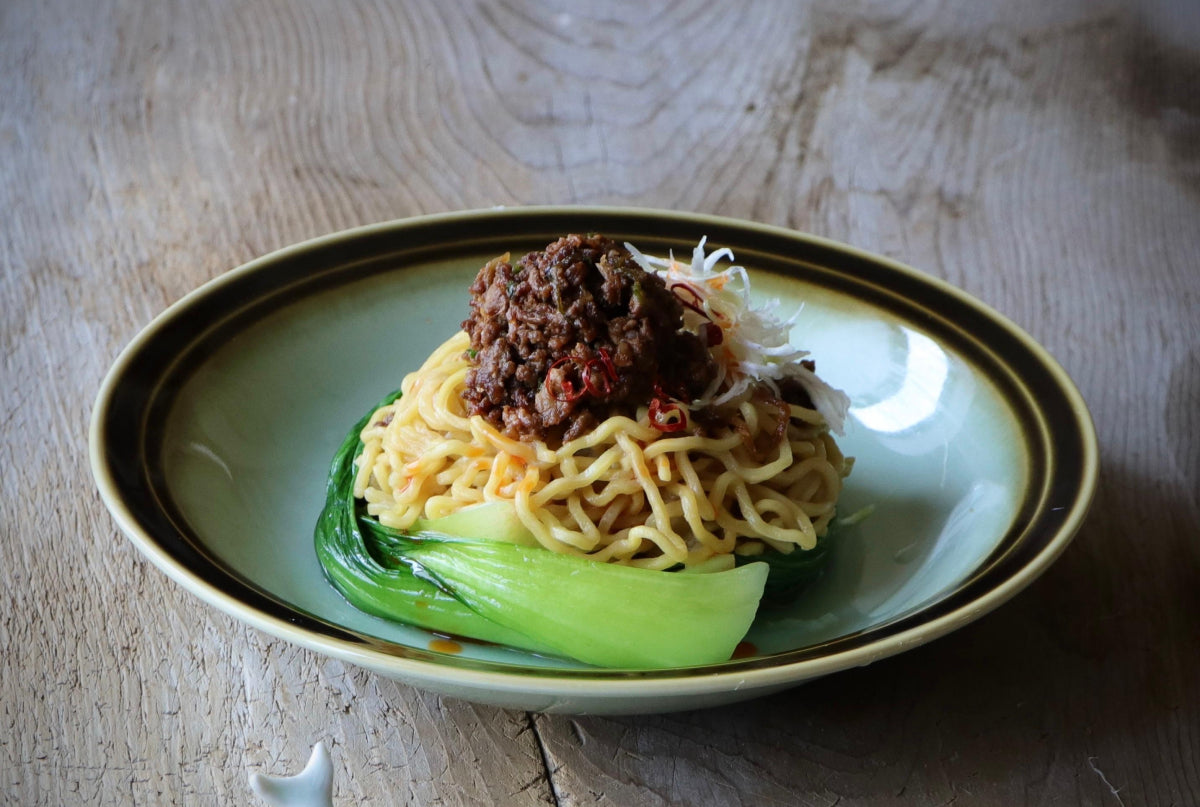In a long history of over a thousand years, Seto Yaki has been sending out a variety of products to the world while snuggling with people's lives.
It is a representative of Japan, which has a history and tradition so that the word "sautomo", which refers to ceramics in Japan, can be used.
Here we introduce the history of Seto ware.
History History of Seto ware
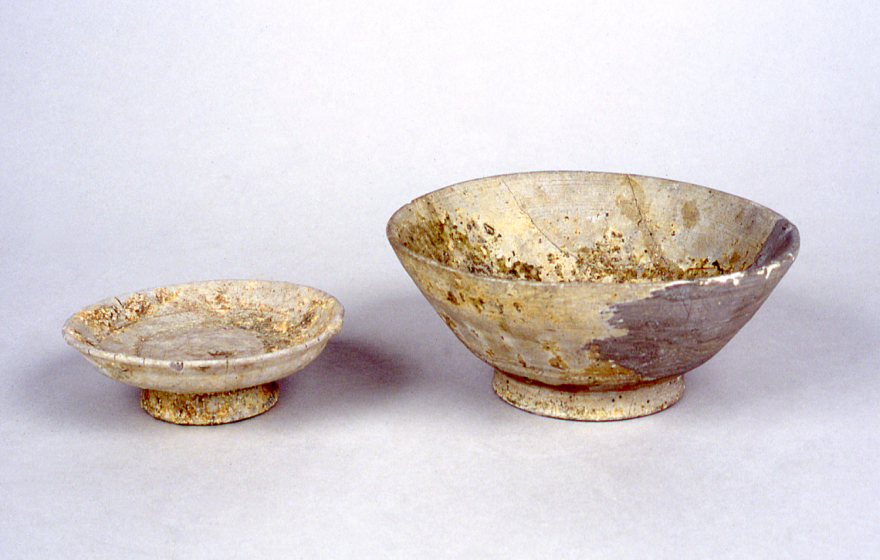
Ash glaze bowl / small bowl
Hyste -ji Temple kiln site excavated in the middle of the 11th century
Vehicle (arm) 15.0 (Seto Museum Brewery)
Kofun period -early Kamakura period The beginning of Seto ware
It is said that the start of Japanese ceramics production is based on the production of Sueki from Korea during the Kofun period.
The origin of Seto ware is located in the Sanage kiln (Sanage) kiln, which produced Sueki around the current Nagoya City, Aichi Prefecture, in Nagoya City, Aichi Prefecture, and spreads to various places, including Seto. did.
In the first half of the 9th century, the first half of the 9th century, the ashes of the plant were made as glaze in Japan, and the production of ash glaze (Kaiyu), which was artificially glazed, began, and in the latter half of the 10th century in the trend. Seto kiln gave birth.
The ash glaze ceramics made in Seto have a variety of bowls, and the base of green glaze pottery has been excavated, and it is involved in its production.
Kamakura period -Muromachi period Production of mountain tea bowl and Furuso
At the end of the 11th century, in the ceramics area of the Tokai region, glaze techniques were temporarily abandoned, and the local area called "Yama) bowl (pyawan)" is strongly renewed. We began to produce everyday tableware for the Kamakura and Muromachi era, and we have built a ceramic industry. From around the end of the 12th century, the Glaze technique of Seto Kiln has been revived, and along with the "Sancha bowl", it is called "Furuso" centered on the four () ears (ki) pots, bottles, and water order. We will produce new glaze pottery. In addition, iron glaze was developed at the end of the 13th century, and the Seto kiln developed as the only glaze -based production area in Japan, and "Koseo" has been distributed nationwide. At the end of the 15th century, a semi -ground -type large kiln that improved the underground -type kiln -style kiln (kama) since the production of the kiln structure appeared, and the "Furouseno", which had been a multi -organs. Production has changed to a mass -produced system of a specific smaller species, centered on the three bowls of Tenmu tea bowl, small plate, and mortar (soribachi).
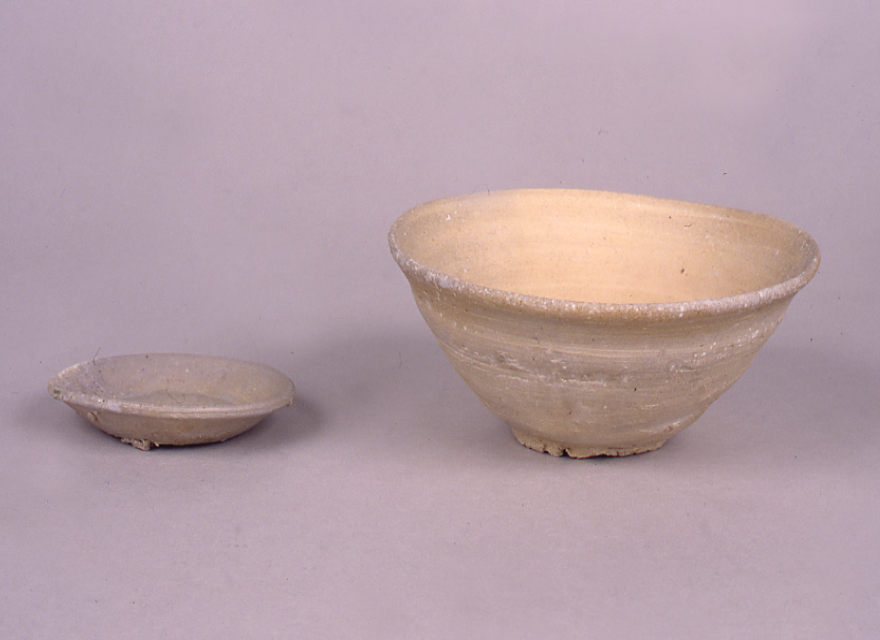
Small plate / mountain bowl
Lower Handa River C kiln excavation late 13th century
Vehicle (arm) 14.4 (Seto Museum Brewery)

Iron glaze seal flower bun bean bean
The end of the 13th century
Vessel height 28.7 (Seto Museum Warehouse)

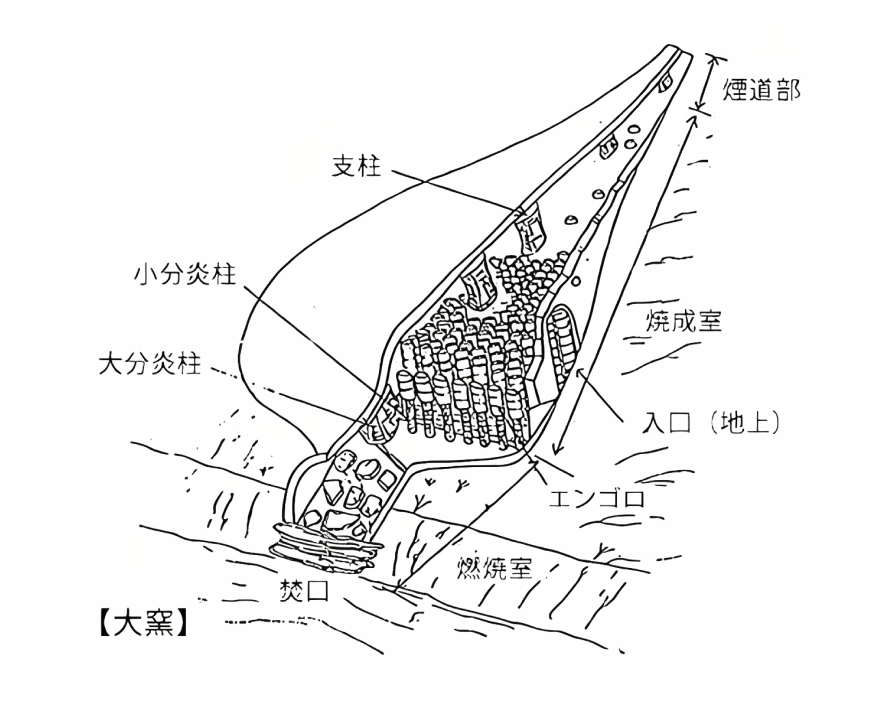
Muromachi, Azuchi / Momoyama era Diversification of Seto ware
In the late 16th century, when the main production areas move from the Seto area to the Mino area, decorative and high -decorative and kimono have been created with various designs, such as Kiseo, Seto, and Shino. After that, the first Owari feudal lord Yoshinori Tokugawa recalled the potter, which had moved to the Mino region, to Akazu Village and Ingashinomura, the current Seto City, resumed the ceramics to the Seto area, which was established in the modern era. Masu.
In addition, with the introduction of the Renbo Shiki climbing kiln, mass production has been promoted, and the production of production organs has been divided for each village in the Seto area.

Narumi Oribe Kutsuga
Hisashiri kiln excavated 17th century early caliber 13.8 (Setozura Museum Brewery).


Dyeing mountain water map water finger
Late Edo period (early 19th century)
Total height 16.6 (Seto Museum Brewery)
Edo Period Start of porcelain production
In the Edo period, the Seto kiln is mass -producing daily necessities, while the production of one item by famous craftsmen becomes popular at the end of the 17th century.
In the latter half of the 18th century, Hizen pottery began to be distributed in the country, causing changes in the market surrounding Seto, but we made various efforts, such as reproducing the old law and developing new technologies, and a new Yaki. In addition to working on manufacturing, we started research on porcelain development.
When porcelain is baked in Seto, porcelain is called "new yaki" or "dye -yaki", and pottery means "original work (method / technology)". I started to call it.
In the Seto Kiln, which started full -fledged porcelain production in the early 19th century, Kato, who will later become a magnetic head of Seto, will go to Kyushu in order to produce higher quality porcelain. The manufacturing method passed down by the returned home has improved its quality dramatically, and Seto's porcelain production will progress and develop rapidly. Finally, porcelain production surpassed pottery production, and a wide variety of products were produced, from one dish to sauce tools and dishes, and the sales channels were expanded in Japan.

Dyed flower bird map lion 鈕 large decorative pot
Kawamoto Masukichi (first generation) around Meiji 9
Total height 96.0 (Seto Museum Brewery)
Meiji period Exit overseas, conversion of Seto Ceramics
In the Meiji era, the Japanese government actively participated in the World Expo, which is actively held in Europe and the United States to promote exports. The technical and gorgeous dyeing porcelain created in Seto has been highly evaluated by repeated awards at the World Expo, and has triggered many exports.
In addition, participation in the World Expo has passed the technique of making many Western potatoes, such as cobalt oxide and gypsum, and has been created in combination with the technologies that have been cultivated so far. 。
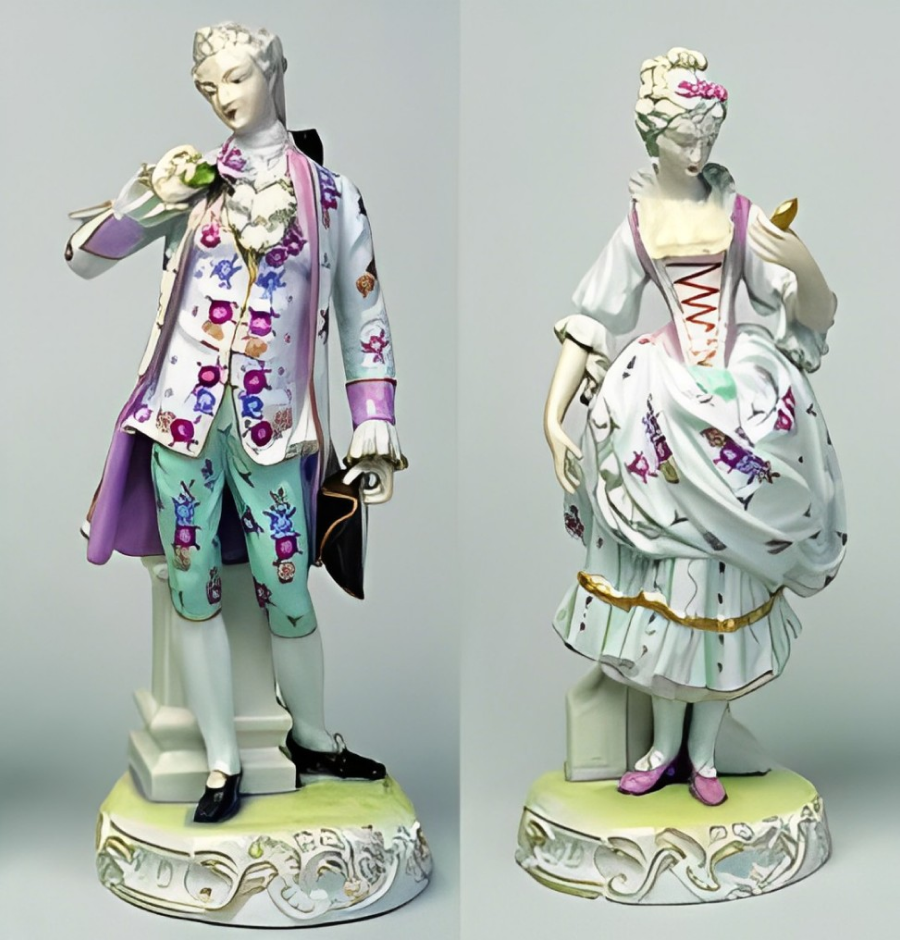
Before the party
Maruyama Pottery Co., Ltd. 1955
Height (male) 39.7 (Seto Museum Brewery)
Modern to modern From craftsmen to ceramic artists
In the early Meiji era, the Japanese art crafts, which became a flower -shaped export industry, caused a Japonism whirlwind in Europe and the United States, but the tide gradually changed. The Japanese potatoes, which had been sticking to traditional designs such as Sansui and flower birds, were unable to respond to new Western art styles at the time, and were gradually rated. The Japanese government, who felt a sense of crisis, will set up a design department at Tokyo Art School (the predecessor of the Tokyo University of the Arts Faculty) in 1896, and will strive to improve the design and design of the crafts. 。
The momentum was also transmitted to Seto, and in 1914 (1914), a number of organizations were born, starting with the formation of the first creator group in Seto, the first creator group in Seto, and exhibiting at the open call for open call for open call for open call for open call for open call for open call for open recruitment. It will be done on a target. This trend has become the beginning of a new culture, with the appearance of writers who have escaped from work and art and making art as art since the Edo period.

Techniques inherited as industrialization
In the latter half of the Meiji era, the modernization of full -fledged ceramic technology by starting the use of electricity and introducing machinery, and the mass production system of the pigment was established. Rokuro is hand -turned to an electric type, the fuel of the kiln is changed from firewood to coal and heavy oil, and painting is changed from hand -drawn to copper plate transfer, respectively. Dolls and figurines) expanded the base, such as the beginning. After World War II, the production of Seto no Yakimono developed rapidly more than before the war, based on export products. Among them, the novelty has become a central being. During the period of high economic growth since the 1955s, the production of tiles, hygiene pottery, insulators, and physical and chemical equipment has also increased significantly, and Seto ware has been used in all situations. I did it.

